Winter alpine plant ecology: shovelling (and skiing) for science
What will happen to Australia’s alpine flora when there is no longer a reliable covering of winter snow? Seasonal snow cover creates an insulating barrier, a blanket if you will, that keeps plants snug until it’s time to emerge later in spring.
Across the Australian Alps, the depth and duration of snow cover has been decreasing, in line with increases in temperature. Snow models employing ‘business as usual’ climate scenarios paint a dismal picture for future snow cover in Australia’s low elevation alpine regions.
To build an understanding of plant responses to future low snow conditions, we ran a snow removal experiment in the Kosciuszko National Park alpine zone.
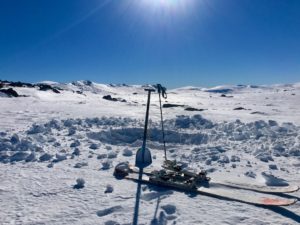
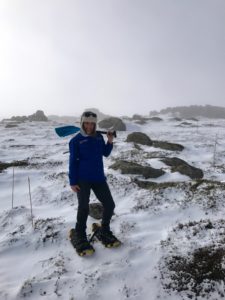
We established forty 1m2 plots using four snow level treatments plus ambient controls, so there was a whole lot of snow shovelling involved.
The main aim of our research project was to characterise response traits and freezing resistance across genera to determine what plant types may benefit or suffer under future global change conditions. We selected ten common angiosperm species representing a range of growth forms, and hypothesised that: (1) low snow depth during winter and spring would decrease plant growth and reproduction across species, but taller plants (e.g. shrubs) would experience more leaf mortality than shorter plants (e.g. rosette); (2) plants that experience early spring snow melt will reproduce earlier, particularly early flowering species; and (3) low snow levels will alter freezing resistance across all species.
This project was not without its ups and downs. On the more difficult (read: exhausting) side was all the snow shovelling. Shovelling tens of cubic meters of snow manually every trip! This can be a dream when it’s freshly fallen powder, less so once it’s iced over and compacted. And sometimes, no matter how perfectly you plan your fieldwork, winter conditions just work against you.
However, upsides are numerous and include lots of (read: year-round) fieldwork, skiing and snowshoeing for science, and spending summers in the alpine meadows enjoying one of Australia’s best wildflower displays
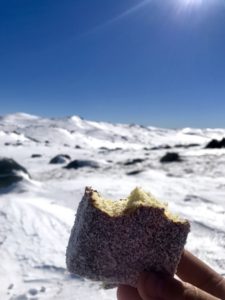
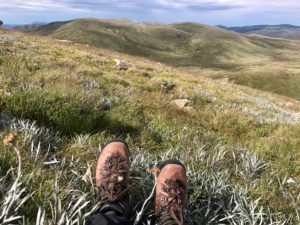
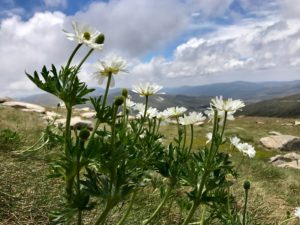
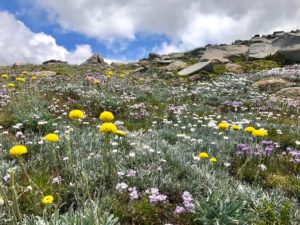
Check out my Instagram page if you’d like to follow my botanical adventures through the Australian high country @alpine_flora_of_australia
Casey Gibson
PhD Candidate
Centre for Ecosystem Science and the Evolution & Ecology Research Centre
School of Biological, Earth & Environmental Science
University of New South Wales
Supervisors: David Keith (UNSW), Will Cornwell (UNSW), Susanna Venn (Deakin)
Instagram: @alpine_flora_of_australia
One Response
Good stuff, Casey! See you in the summer!
Comments are closed.